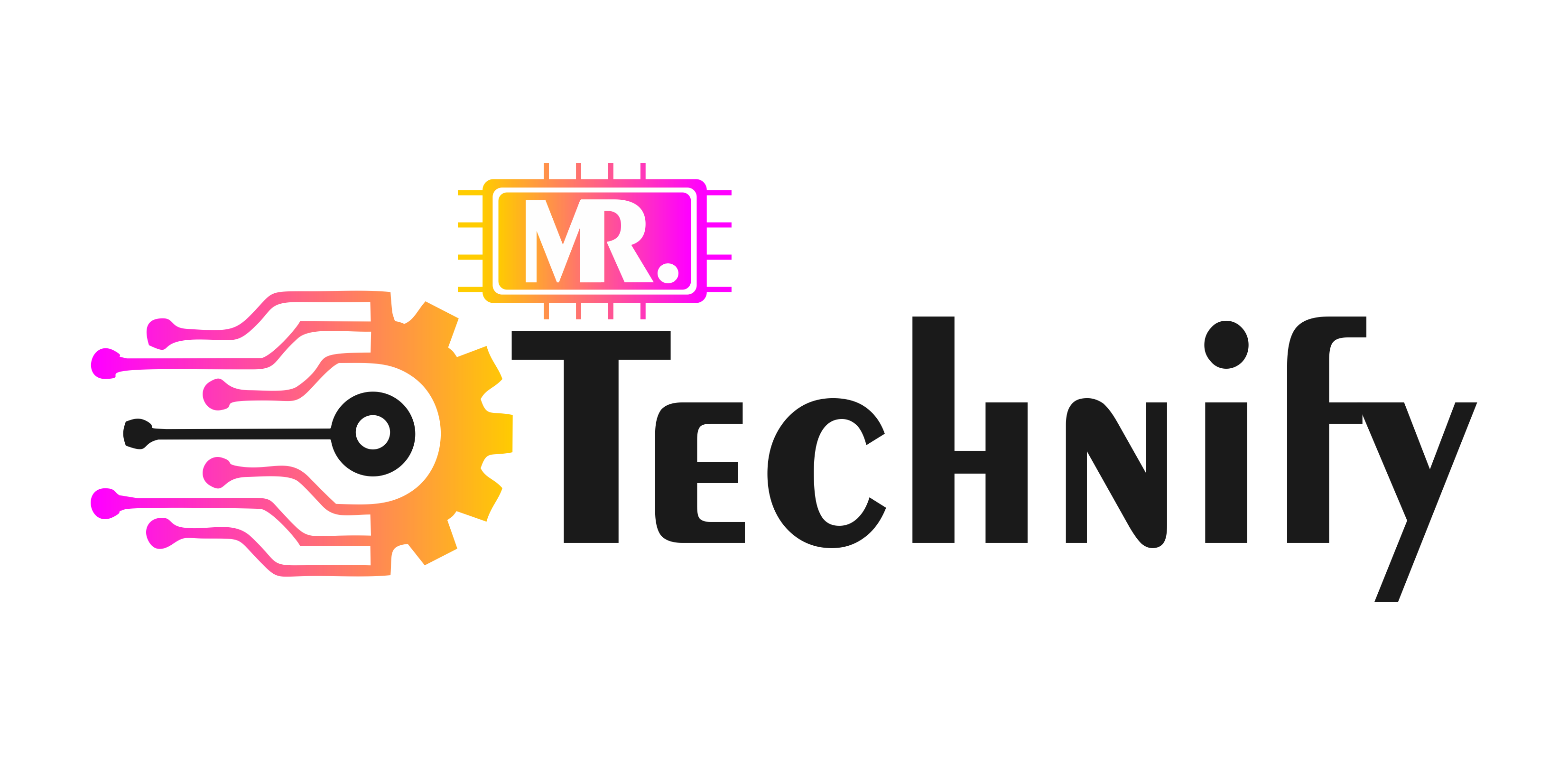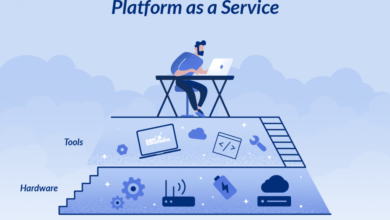Have you ever pondered how businesses remain competitive in the digital age? Part of the solution resides in cloud computing. And a key pillar of this technology is Infrastructure as a Service IaaS. But what is Infrastructure as a Service IaaS, and how can it benefit your business? Let’s dive in!
Understanding Infrastructure as a Service IaaS
Imagine building your own house every time you move to a new city. This is where IaaS comes in for the digital world. IaaS is a cloud computing model that provides virtualized computing resources over the Internet. It’s like renting a fully furnished house where you only need to handle the interior decor.

-
IaaS vs. PaaS vs. SaaS
To understand IaaS, you need to differentiate it from its siblings, Platform as a Service and Software as a Service. Think of these services as layers on a digital cake. SaaS is the top layer, providing ready-to-use applications. PaaS is the middle, providing platforms to develop applications. And IaaS is the base, providing the fundamental computing infrastructure.
Benefits of Infrastructure as a Service
Let’s delve into the advantages IaaS can bring to your business.
-
Benefits for Businesses
IaaS provides scalability, cost savings, and business continuity. If your business is a growing plant, think of IaaS as a pot that grows with it. With IaaS, you only pay for what you use, saving on upfront costs. It’s like having an unlimited buffet where you only pay for what you eat!
-
Benefits for IT Teams
For IT teams, IaaS offers flexibility, automation, and a focus on innovation. Think of IaaS as a fully equipped toolbox where you don’t have to worry about buying individual tools.

IaaS in Action: Real-World Examples
Companies like Netflix and Airbnb have leveraged IaaS to scale their services exponentially. It’s like using a power drill to build furniture; it makes the job faster and more efficient.
Choosing the Right IaaS Provider
Now that we know the benefits of IaaS, how do you choose the right provider?
-
Factors to Consider
Evaluate your prospective service providers based on their dependability, security, cost-effectiveness, and services. You wouldn’t choose a home without inspecting the surrounding area, would you?
-
Questions to Ask Potential Providers
When vetting providers, consider asking about their data security, service-level agreements, and customer support. It’s akin to interviewing a potential housemate before letting them move in.
-
Steps to Implementing IaaS
Implementing IaaS involves identifying your needs, choosing the right provider, and migrating your data. Think of it as packing your bags, booking a hotel, and then making a move.
-
Potential Challenges with IaaS
Despite its many benefits, IaaS can bring potential challenges like data security issues, network latency, and dependency on the provider. It’s like the saying goes: Every rose has its thorns.
Future Trends in Infrastructure as a Service
IaaS will likely include more AI integration, increased automation, and advanced security measures in the future. It’s like seeing self-driving cars on the road; they used to be far-fetched, but now they’re swiftly becoming a reality.
Conclusion
“IaaS” is short for “infrastructure as a service IaaS.” In today’s increasingly digital environment, IaaS is no longer a desirable extra but a need for businesses. Expect IaaS to become an even greater component of this digital journey as technology evolves.
FAQs for Infrastructure as a Service IaaS
How does IaaS differ from PaaS and SaaS?
IaaS provides the fundamental computing infrastructure, PaaS provides platforms to develop applications, and SaaS provides ready-to-use applications.
What are some benefits of IaaS?
IaaS offers scalability, cost savings, business continuity, flexibility, and automation.
What challenges might I face with IaaS?
Potential challenges include data security issues, network latency, and dependency on the provide





